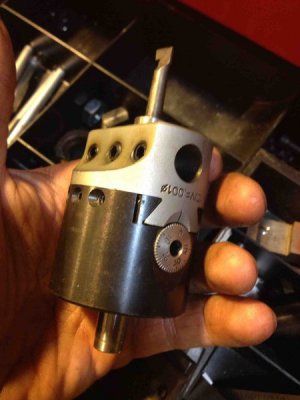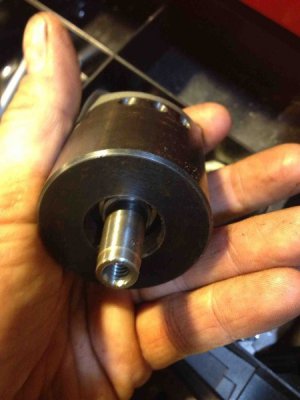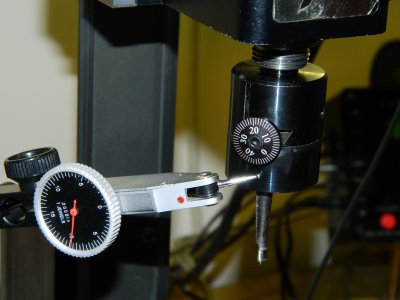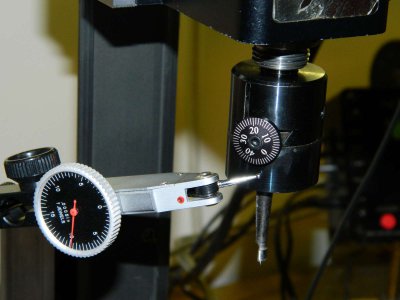- Joined
- Jul 1, 2013
- Messages
- 20
Hello, I am new here and pretty much new to machining. I have been going through the Harold Hall books in the Workshop Practice Series and have decided I am willing to tackle the dividing head project in the Milling: A Complete Course book. I have looked over the project and have a concern about boring the cast iron spindle bearings. I have a Sherline 5400 mill. In order to bore both bearings in the same setup, the depth needs to be 2". The Sherline info says that any boring work should stay under 1.5 inches. I am inclined to believe them, but thought I'd ask what sorts of experiences folks have had with their Sherlines.
If this sounds like too much for the machine, I suppose I could scale down the dividing head, but wonder if I would run into usage problems that I do not foresee. Alternatively, I could make the body and bearings, fit them, and take the unit to a machine shop and let them do the boring. Being a confirmed do-it-yourselfer, that idea does not seem completely satisfactory though. Any thoughts will be greatly appreciated.
Cheers,
Tom
If this sounds like too much for the machine, I suppose I could scale down the dividing head, but wonder if I would run into usage problems that I do not foresee. Alternatively, I could make the body and bearings, fit them, and take the unit to a machine shop and let them do the boring. Being a confirmed do-it-yourselfer, that idea does not seem completely satisfactory though. Any thoughts will be greatly appreciated.
Cheers,
Tom





